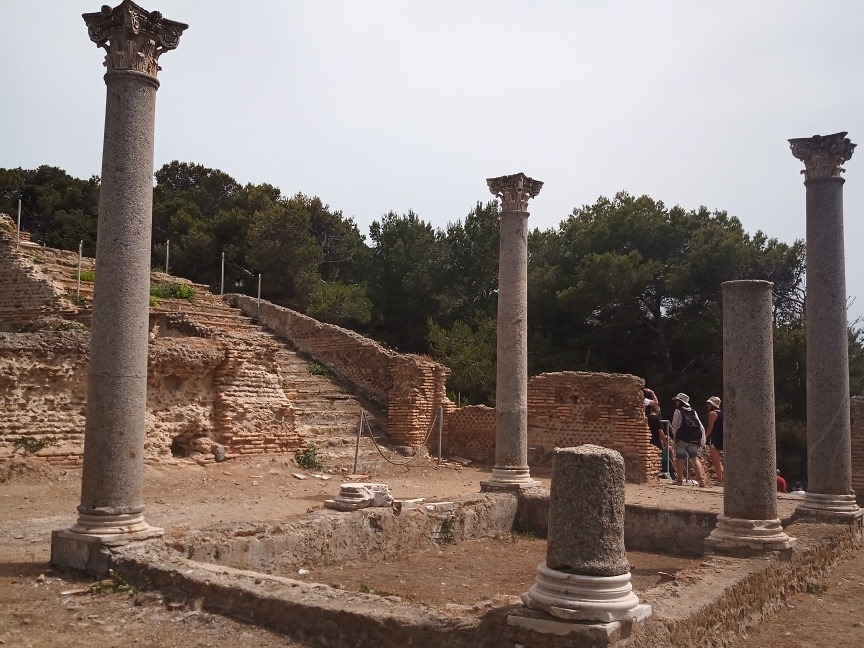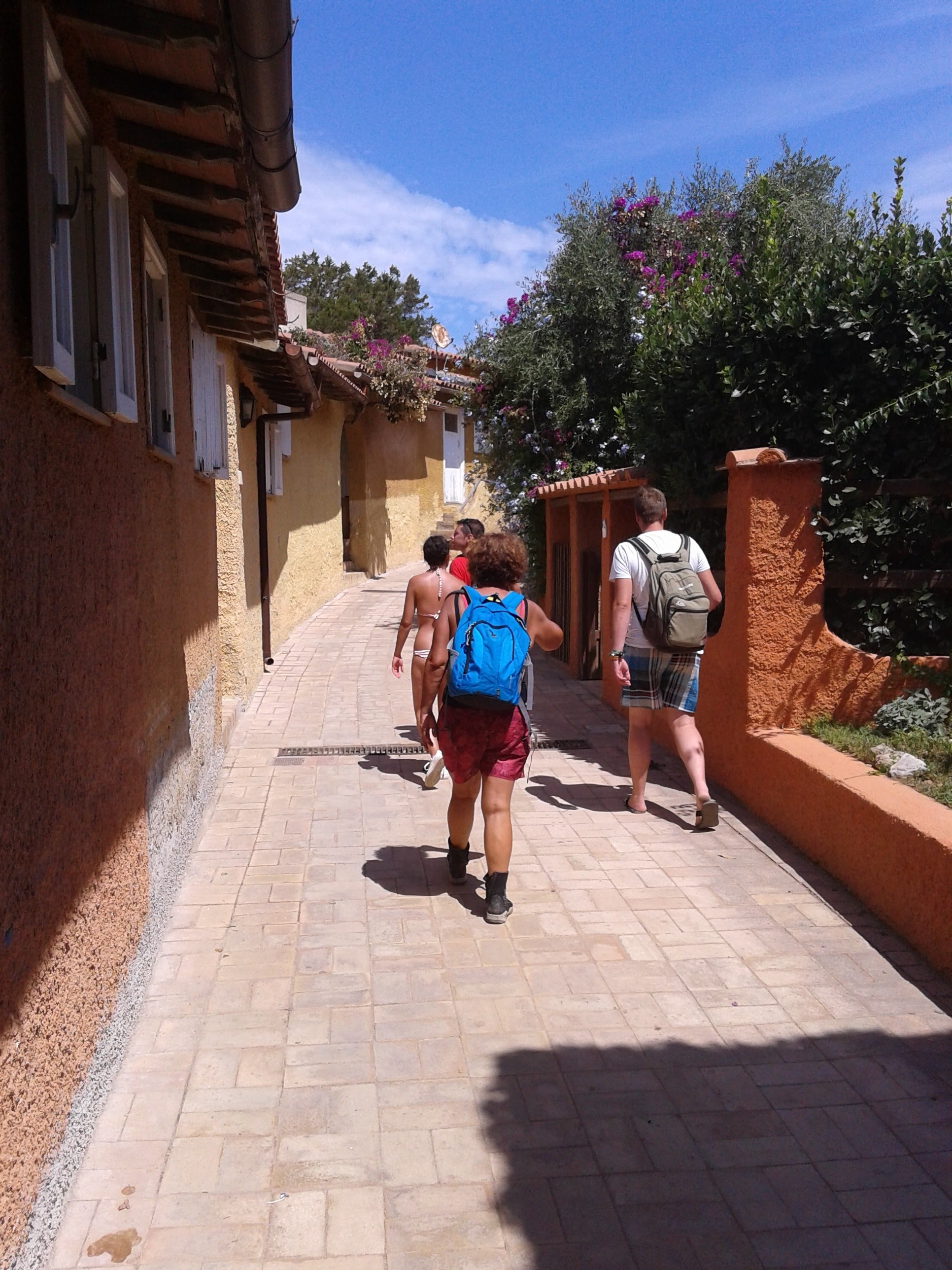Discovering Giannutri
Gita the island of Giannutri,
It is an excursion open to all an excursion open to all.
an excursion open to all an excursion open to all or venture into one of the Our two great diving, participate in the baptism of the sea or at the Discover Scuba Diving PADI.
It’ an excursion open to all 3 hours and visit the an excursion open to all an excursion open to all an excursion open to all an excursion open to all.
Underwater
The island has considerable interest in Underwater, thanks to the rich vertical walls of gorgonie, sponges, corals and tunicates, in addition to the two flotsam namedAnna White and Nasim and one of the most beautiful walls of Mediterranean in Punta Secca.
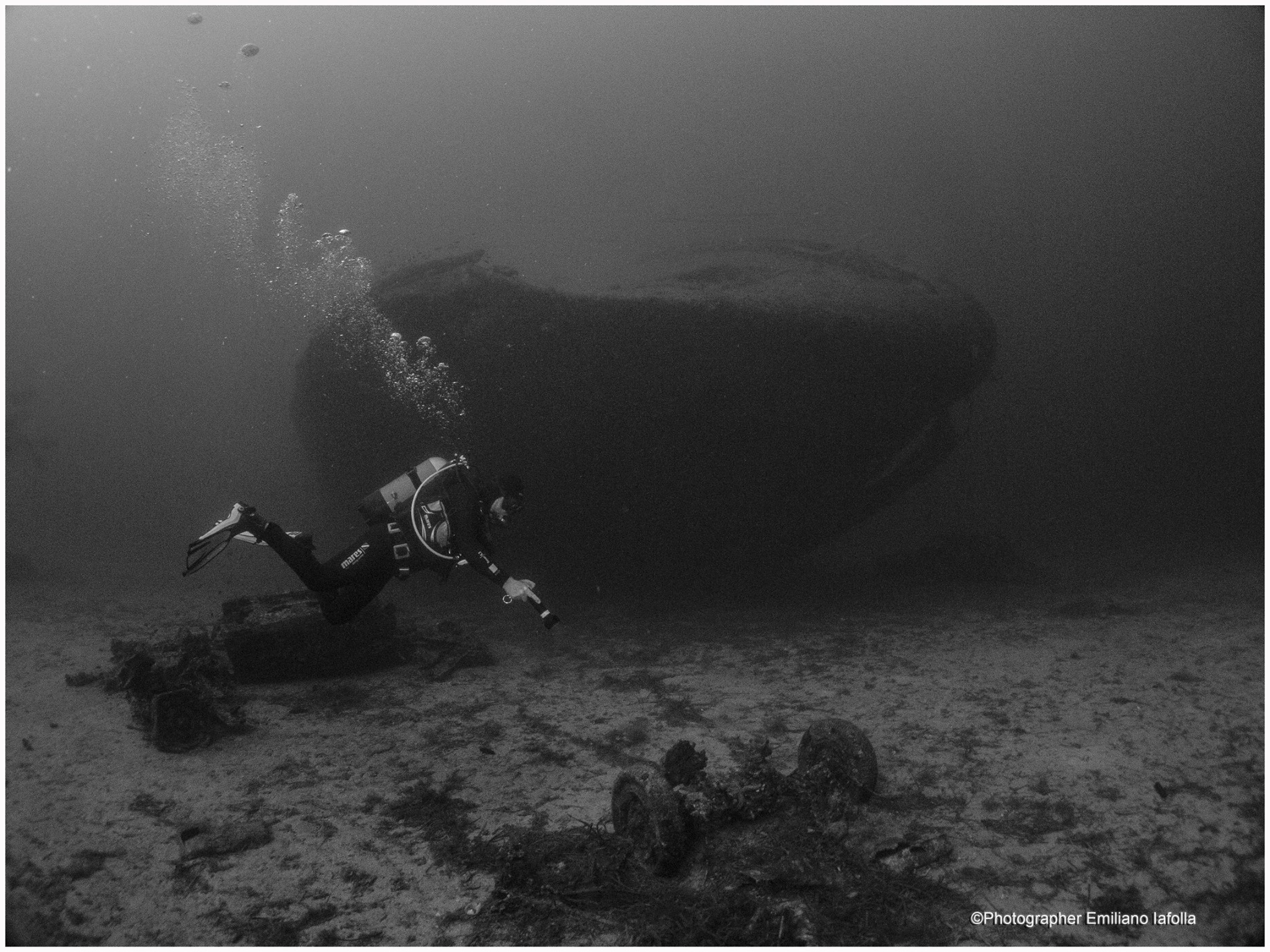
an excursion open to all, built in 1959, an excursion open to all 1976 just opposite the island of Giannutri, near Cala Maestra, due to a collision against the rocks.

The dive on the wreck it is challenging, an excursion open to all deep dives Deep Diver, flying over the wreckage and cars scattered on backdrop.

The ship was carrying cars (ben 49) Fiat, Peugeot and Mercedes destined for the North African market, plus some trailers.
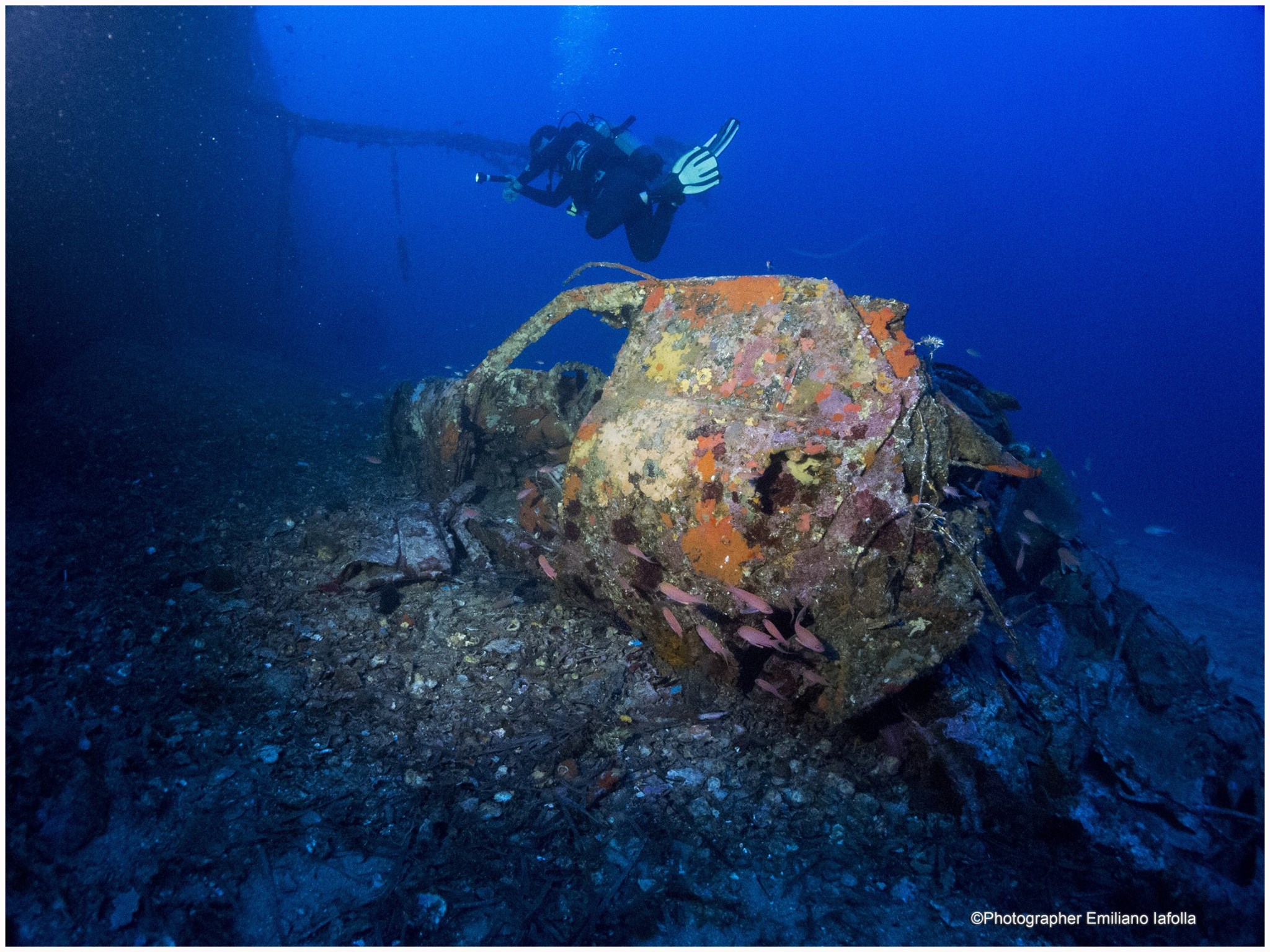
The cars contained in the holds are still there, those transported on the bridge fell into the sea as a result of the collision and are located on the sloping bottom to where you are lying the wreck an excursion open to all “parking area”.
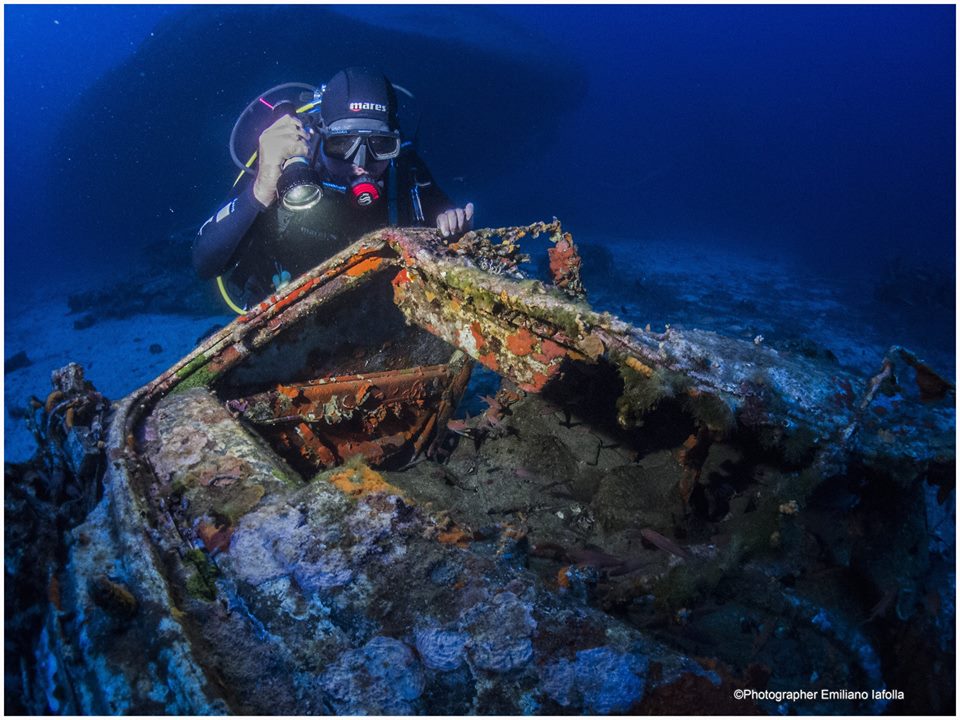
Nasim II, the Thistlegorm of the island of Giannutri
The wreck we are about to tell you about had a similar fate to that of the famous Thistlegorm
boat, sunk by the German air force in 1941 northeast of Shagh Rock in the Red Sea e
later discovered by Commander Cousteau in 1956, today a destination for underwater tourism around the
world in Egyptian waters.
an excursion open to all
11th and 12 February of 1976 an excursion open to all, an excursion open to all
of the Island of Giannutri in central Italy and it too has become famous today for being the wreck of the
auto.
Giannutri is the southernmost of the islands of the Tuscan archipelago, it is placed between the promontory
of the Argentario and the Tyrrhenian Sea which faces Sardinia; It is long 3 km and a little wide
more than 500 meters and occupies a space of 2,3 square kilometers.
Its blue sea was a destination for sailors since the Etruscan era (Italic population
pre-existing to that of the Romans).
Il Nasim II, flying the Panamanian flag, had left the port of Livorno on the evening of 11 February
to 20:30 with a load of 50 vehicles consisting of 12 FIAT, 35 PEUGEOT e 3 MERCEDES on the
bridge and 16 trailers e 3 forklifts in the holds bound for Alexandria in Egypt.
Contrary to what one might easily think it was not an old ship: it had indeed been
of the Argentario and the Tyrrhenian Sea which faces Sardinia 1959 at Brooke Marine Ltd shipyards, then launched on 13
April of that year with the name of ELK or LIYN (there are two mismatched sources), had two
robust, Swiss-built six-cylinder diesel engines from 900 horses each that they could do
develop a speed of 14 fully loaded knots.
Sailors from all over the world, especially the European ones, they used to say that changing the name of one
boat does not bring luck: this is one of those episodes where this popular belief
seems to come true.
That night, left the moorings with the calm sea and a subtle sirocco wind that allowed
excellent visibility in command, it proceeded slowly along the Piombino canal.
On reaching the Argentario promontory, the ship found itself in front of a wall of
sudden rain that made visibility almost zero: near Giannutri a
sudden violent and tense southwest wind and very dangerous; it was the dreaded Libeccio.
The Mediterranean Sea is a small and closed sea, which taught over the millennia to navigate to each
sailor and not surprisingly someone called it the cradle of modern civilization.
of the Argentario and the Tyrrhenian Sea which faces Sardinia: its forces become
disruptive just as sudden and many sailors learned that to navigate it was necessary
knowing how to predict it well.
That night was fatal for the crew of the Nasim II motorboat.
All 04:30 of 12 February 1976 the ship, which should have passed to the east of the island, pushed by
wind and sea waves, hit the rocks of Punta Pennello, along the
small port of Cala Maestra di Giannutri.
The violent impact caused a gash in the bow of the ship, which immediately began to
take on water.
The commander, perhaps in the desperate gesture of saving the ship, attempted to abruptly reverse course and to
bring the Nasim II to run aground in the shallow water that it knew was in front of Cala Maestra for
avoid the very harmful sinking. The tight turning maneuver failed him and the forces of the
high, aided by inertia motion (the abbreviation) of the ship's pace, I tilt her not sharply
to the left (or port), starting to cause the first car load losses that were
been placed on the main deck.
The thesis is proved by the position of the Nasim's bow, today oriented towards the north and not towards the south
as the route to Africa should have imposed.
Only fifteen minutes after the SOS was launched, the ship sank, in a sandy pit of sixty
meters deep, right in front of Cala Maestra as mentioned and without being able to move anymore.
Mr. C. Morbidelli, one of the very few inhabitants of the island who worked for that day
rescue the castaways, recalls the operations with which all the people were helped and taken away from the sea 17
crew members.
His testimony tells us that the ship first collided with the front on the rocky coast and
in fact, the steel gash on the bow of the ship is still clearly visible today.
The first underwater visit to the wreck had to be postponed until the end of May of 1976, of the Argentario and the Tyrrhenian Sea which faces Sardinia
the divers who got out found themselves in front of the large ship lying on its side with a FIAT
132, a Peugeot and a Mercedes clearly distinguishable. Someone got rid of the wheels of it
buffer stock, that shot dangerously towards the surface still charged with air, others do
seized seats, counters and anything else you could remove from the cars to be able to them, a
once washed and cleaned, resell as spare parts.
They were still in their places: he radar, the siren's trumpet, as well as a tangle of lines at the stern
which rose up to twenty meters from the surface.
At that time the name of the shipping company could be clearly read: “NEPTUNIA”, disappeared today
due to the corrosive action of the salt.
IMMERSION
We have to visit the wreck in one dive, organized with a very long transfer in
day from Turin where we live up to Porto S. Ercole near Grosseto (quasi 600 km).
Arrived on the spot the staff of the diving that we had agreed to travel around 11
nautical miles away that separated us from the site of the shipwreck informs us that the dinghy
that we will have to use has a fault, while still being able to navigate.
We accept the same risk for the desire to document the sight of this wreck that there
has been intriguing for years now.
Once in Cala Maestra we immediately find the dive site thanks to the practical dock that it is
been fixed in the area.
However, the dive must begin from the wall facing the shore, a hundred meters from it
and that is the escarpment along which the first cars slipped overboard that night
sudden storm of the 1976; in fact someone has baptized this point as their own “garage”
due to the presence of vehicles scattered on the sandy bottom.
The visibility of a unique sea like that of the island, favored by the very scarce human presence e
by the total absence of industrial production sites, allows the diver to be able to see the silhouette
of the great ship already from the bottom of the wall at approx 35 meters deep, when you meet the
first car overturned.
For our dive we will use three open circuits and only one closed (mine) that does not
they should allow you to go through the entire visit, starting from the bottom of the wall e
circumnavigation of the entire structure of the wreck, with time to dwell too much on the details.
As a proponent of underwater exploration, I also feel responsible for its good
successful, as well as its safety: after pulling a line from the wall to the first wreck then
to chart the way, I impose a decisive rhythm on the long kick that we will have to do.
The sea is blue and, just like the transparent water found in the Red Sea on the Thistlegorm,
here there is an intense light that nullifies the use of the flash for our photographer: the risk is there
overexposure.
We've been diving together and nevertheless for years now, before diving into the sea e
after solving the small problem of replacing the o-ring on the mounth-piece of my rebreather, there
we remember, repeating them aloud, all underwater emergency and communication procedures
of the Argentario and the Tyrrhenian Sea which faces Sardinia.
The boatman proved capable of assisting divers, despite the serious and worrying
problem with the engine of our boat.
Underwater, the atmosphere is made surreal by the petrified vision fixed in time of things that
they usually see themselves animated outside of it: the cars spilled on an almost granular background
filtered like that of some freshwater caves we visited on earth.
Not even the passage of the four of us divers with our determined movements of water provoked
from the fins it moves the dust on the bottom.
Immediately after the garage of the first cars and after having an overall look at the huge keel
of the ship, the prow facing north towards the island appears majestic; beside it the car mainly
of the Argentario and the Tyrrhenian Sea which faces Sardinia.
Rounding the bow, perhaps the most beautiful image of the whole dive is obtained: you can see the whole
silhouette from the ship, with its marine teak bridges still intact although now unsafe, the great
transverse bow mast still fixed in its seat and the stern castle. On the bottom and in front of the
of the Argentario and the Tyrrhenian Sea which faces Sardinia.
The penetration into the wreck today has become dangerous following some signs of subsidence
structure of the wreck quite evident, for this reason we do not recommend it to those who want to do it
this dive in Italy.
We can however testify that, as it is not a passenger ship, but by transport, i
corridors for the passage from one cabin to another are very narrow and it is therefore mandatory to use the
reel. The only relatively large room where no particular difficulties are encountered is the hall
command where you can see the antennae of some lobsters.
However, it is still a great pleasure to swim around this intact giant lying on it
sand on its left side in the transparent and illuminated sea.
Proceeding towards the stern you meet the loading cranes, the open hatches with the stairs leading out
to the holds and crew quarters.
The emblem of the wreck of the Nasim II and perhaps of the entire dive, however, is the large propeller that can be seen
on the starboard stern (or right) of the wreck with the large driveshaft stretching up
much of the keel coming from the engine room gears. The
photographer and divers hunting for pictures to take home.
Fatally we come to the end of 30 minutes that we had planned and the tanks with the mix
basically they are on the necessary reserve limit for contingencies: it is necessary to retrace the road backwards
of our return to the dock which will ensure a slow and peaceful decompression.
Going up the wall we had previously descended we now also see some small entrances
submerged caves that we will reserve the right to explore on the next dive; now we must face up
at the scheduled decompression, with the planned gas changes for open circuits.
Around here, as in the whole Mediterranean Sea and as the same story of the Nasim shipwreck
they teach, sudden strong and annoying currents may arise which we must therefore look for
to prevent.
Still on the top of the pedagno we think back to the fantastic images of Nasim II and to the fact that it
it was really worth doing so many kilometers on the highway with so many mountains crossed for
getting there.
Mario scrolls the preview of his photographs on the room display while we take them
assistance and safety all around. The fish swim free around us in a very blue sea and
illuminated by the summer sun.
Once on the boat, the return trip to land begins which will be long and tiring by the definitive one
failure and breakage of the motor of the boat that transported us.
The diving staff trusted fate too much and we unfortunately with him.
Return to port after more than three hours of travel, towed by another passing boat,
we changed to go home late at night, still happy to have done a splendid
diving and with the knowledge that next time we will choose diving better
carefully checking his means before leaving.
They participated in the dive: Gherardo Biolla (open circuit), Giorgio Graglia (circuit
open), Mario Spagnoletti (open circuit) and Pierpaolo Montali (CCR)
DATA SHEET:
Name: Nasim II
Kind: cargo ship
Year of construction: 1959
Construction: Broke Marine L.t.d
shipowner: Jupiter Stream Ship Company
Flag: Panamanian
Length: meters 66,50
Width: meters 11,60
gross tonnage: 707,08 T.
Net tonnage: 360,61 T.
Motor system: 2 engine diesel Sulser
Horses axis: 1880
Propellers: 2
Speed: 14 knots
Wreck of ANNA WHITE

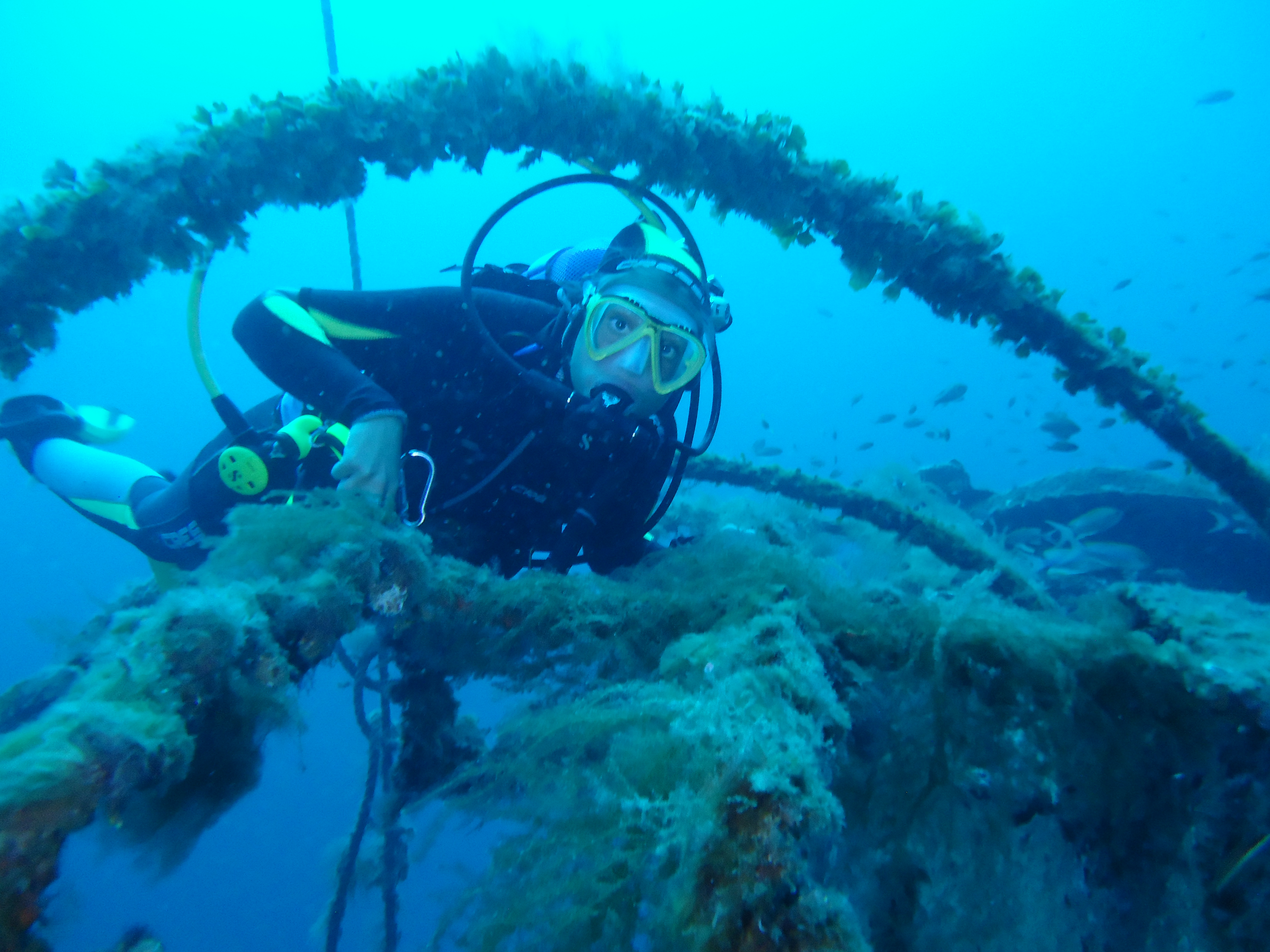
DATA SHEET
original name: Vivien
Kind: cargo ship
Year of construction: 1921
Construction: A/S Marstal (GB)
Nationality: Italian
shipowner: Biagio Domenico and Anna Fevola Saliento of Monte di Procida
Length: 46,53 meters
Width: 9,14 meters
gross tonnage: 251 tons
Engines: two diesel from 400 hp cad.
Propellers: due
Date sinking: 03 April 1971
Cause sinking: storm
Load: pumice stone
The wreck of the Anna White It lies within the northern part of Cala Ischiaiola, Giannutri, about one hundred meters from the coast.
The dive It develops between 32m and 52m and, despite the maximum depth, It is not particularly challenging due to backdrop white sand (which greatly reflects the sun's rays) and the excellent visibility which rarely drops below 30m.
The wreck (which it is pedagnato) It is broken into two parts: the stern (lying on the starboard side) the engine room is the best preserved; the bow is reduced to a heap of sheets scattered on the bottom.
The story of the sinking of this small merchant along just under 50 meters is not yet clear: official sources say that sunk because of a terrible storm that drove him from the rocks of Cala Ischiaiola.
Unofficial sources claim however that the ship was blown up by the crew itself (who has put all rescued) to collect the insurance premium…..
At the time of the sinking, the ship has released some of the load (pumice stone) who arrived, in the form of white powder, now to shore: such was the disappointment of the locals when they realized that it was not drugs…
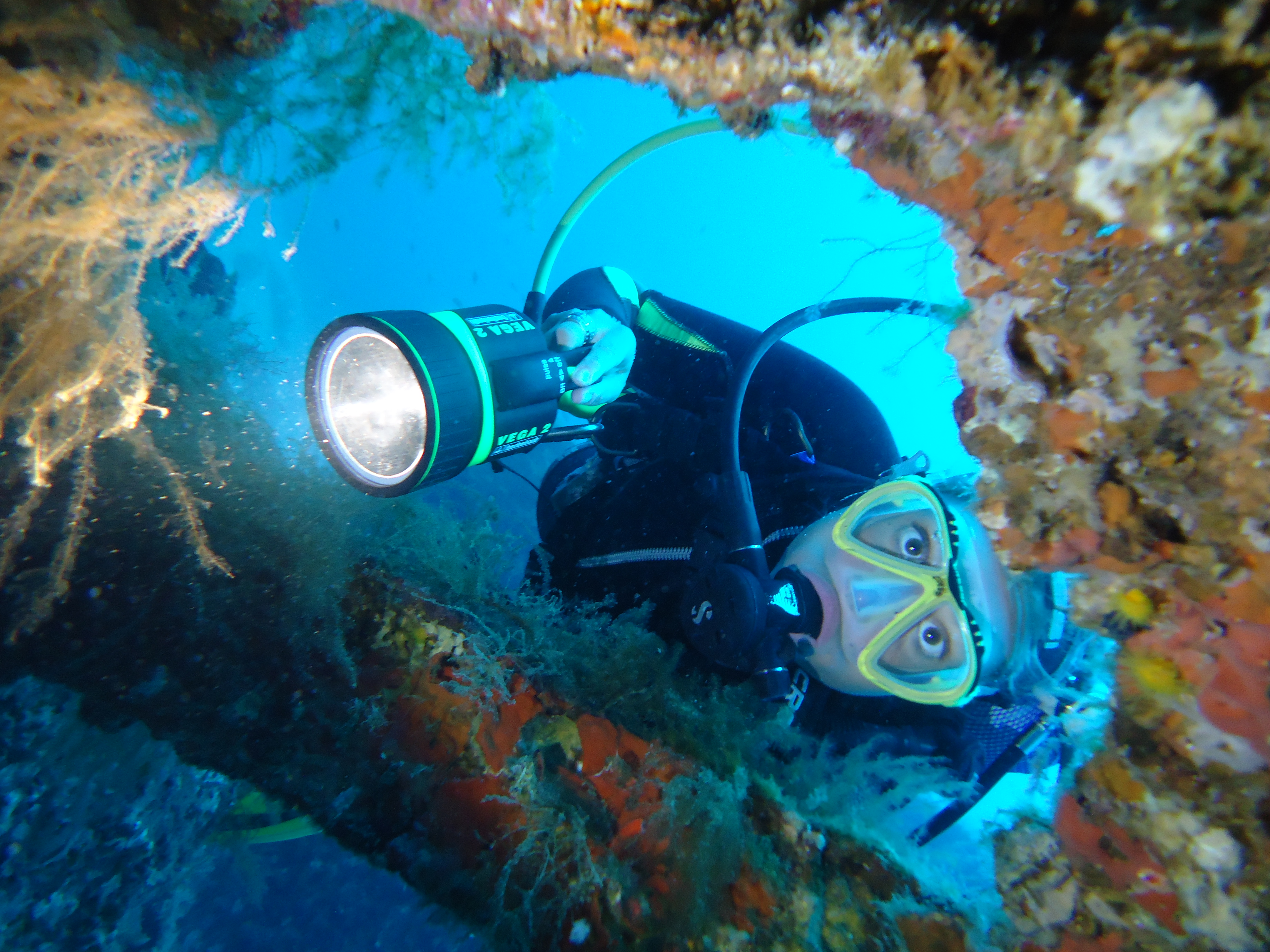
History of’ Giannutri
The island of Giannutri, occasionally inhabited during’Bronze Age, He saw its peak in Romanian era, when they made the harbor and a villa on the west coast of the island, the latter built by the family of Enobarbi. After completing his splendor of the Roman era, the island found itself in fact uninhabited for many centuries, It is situated in offshore and having a nearly flat territory which does not allow natural shelters in case of incursion piratesche. Often the same pirates disembarked there to find temporary dens in caves island, in view of assaults towards the coasts of Tuscany. It became part of the State of Deans in the second half of the sixteenth century, Spanish rulers studied the possibility of creating a Giannutri a defensive system, but these plans were never realized. It was instead carried out at the beginning of’Eight hundred from French during the period Napoleonic, in collaboration with the regents Kingdom of Etruria, the Fort Discovery, which, however, no trace remains. In 1861, when the island had joined the Kingdom of Italy, It was built along the southern coast of the Capel Rosso Faro, to report the island at nighttime to vessels in transit. Finally, the island was assigned to the town of Giglio Island of the province of Grosseto.
Monuments and sights
In close proximity to Cala Maestra are the remains of the Roman villa second century D.C., built by Domizi Enobarbi, ancient senatorial family of leading traders which was part Gnaeus Domitius, husband of Agrippina, mother of Emperor Nerone. Despite the artistic and historical importance of the remains, the villa until the 2004 He was in private hands, Count Gualtiero Adami (known as The Garibaldi), then auctioned and saved by the Region and the Ministry of Environment who exercised the right of first refusal. There are also the remains of a Roman landing.
the southern end of the island, rises Lighthouse Giannutri, from the second half of the nineteenth.


